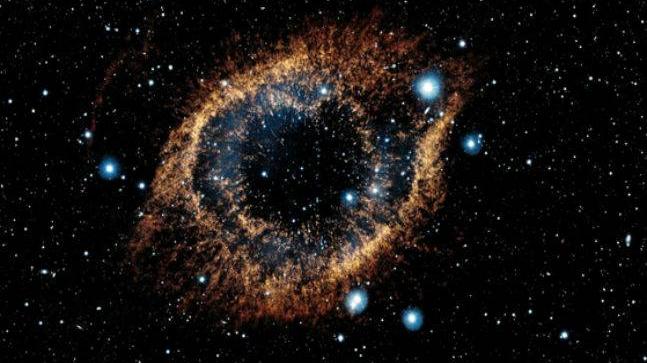
This is for the first time in the history that scientists using NASA's Hubble Space Telescope have precisely measured the distance to one of oldest objects in the universe.
What is globular start cluster?
The globular star cluster, called NGC 6397, is one of the oldest objects in the universe that emerged shortly after the Big Bang and the distance measurement of this cluster can help determine the scale and age of the universe.
The refined measurement reveals that the globular star cluster is located at 7,800 light-years away, leaving just a 3 percent margin of error.
Until now, researchers were not able to figure out exactly how far away our galaxy's globular clusters are.
13.4 billion years old cluster
However, the accuracy of these estimates varies, with uncertainties hovering between 10% and 20%.
By applying a novel observational technique to measure extraordinarily tiny wobble of the star cluster, researchers have now made the best use of the Hubble measurements and calculated that NGC 6397 is 13.4 billion years old.
"The globular clusters are so old that if their ages and distances deduced from models are off by a little bit, they seem to be older than the age of the universe," said lead researcher Tom Brown of the Space Telescope Science Institute (STScI) in Baltimore.
"The nearby star clusters serve as anchors for the stellar models. Until now, we only had accurate distances to the much younger open clusters inside our galaxy because they are closer to Earth."
How scientists obtained precise distance?
To obtain the precise distance to NGC 6397, researchers looked at a certain type of pulsating stars called Cepheid variables. These pulsating stars dim and brighten periodically and serve as reliable distance markers to calculate an accurate expansion rate of the universe.
The Hubble astronomers used trigonometric parallax to nail down the cluster's distance. This technique measures the tiny, apparent shift of an object's position due to a change in an observer's point of view.
By using Hubble's Wide Field Camera 3, researchers observed the changes in those pulsating stars every 6 months for 2 years. Then, they combined the results to obtain the precise distance measurement.
Researchers say they can even reach an accuracy of 1 percent if they combine the latest distance measurement of NGC 6397 with the upcoming results obtained from the European Space Agency's Gaia space observatory, which is measuring the positions and distances of stars with unprecedented precision.
Interested in General Knowledge and Current Affairs? Click here to stay informed and know what is happening around the world with our G.K. and Current Affairs section.
To get more updates on Current Affairs, send in your query by mail to education.intoday@gmail.com
Read Again NASA's Hubble Space Telescope measures first precise distance to a globular star cluster : https://ift.tt/2JsqVAyBagikan Berita Ini














0 Response to "NASA's Hubble Space Telescope measures first precise distance to a globular star cluster"
Post a Comment